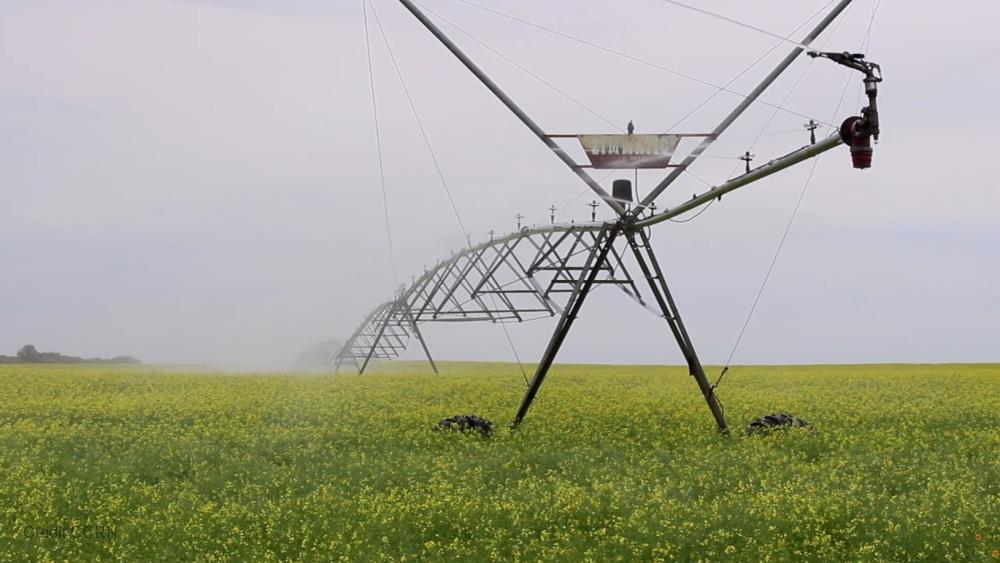
Related items loading ...
Section 1: Publication
Publication Type
Journal Article
Authorship
Cober, J. R., Macrae, M. L., & Van Eerd, L. L.
Title
Nutrient release from living and terminated cover crops under variable freeze-thaw cycles
Year
2018
Publication Outlet
Agronomy Journal, 110(3), 1036-1045
DOI
ISBN
ISSN
Citation
Cober, J. R., Macrae, M. L., & Van Eerd, L. L. (2018). Nutrient release from living and terminated cover crops under variable freeze-thaw cycles. Agronomy Journal, 110(3), 1036-1045.
https://doi.org/10.2134/agronj2017.08.0449
Abstract
Cover crops (CC) are planted into fields during the non-growing season as a best management practice (BMP) for agronomic and environmental benefits. However, freeze–thaw cycles (FTC) may increase the availability of water extractable P (WEP) from damaged plant tissues, leading some to question their efficacy as a nutrient BMP due to their potential to release P during snowmelt. The objectives of this study were to experimentally determine the influence of: (1) FTC magnitude (4°C, −4 to 4°C, –18 to 4°C, and –18 to 10°C), (2) CC species [cereal rye (Secale cereale L.), oilseed radish (Raphanus sativus L. var. oleoferus Metzg Stokes), red clover (Trifolium pratense L.), oat (Avena sativa L.), and hairy vetch (Vicia villosa Roth)], and (3) termination using herbicide on the magnitude of WEP, NH4+, and NO3− release. Shoot tissue clippings underwent five FTC followed by extraction. Large magnitude FTC from –18 to 4 and –18 to 10°C (heavy frost) elevated WEP release, whereas the −4 to 4°C (light frost) treatment did not. Responses varied with plant type, where frost-intolerant species released more WEP than frost-tolerant species. In contrast, NH4+, and NO3− release did not increase following FTC. Termination elevated WEP and NH4+ release across all temperature treatments. The use of CC as a nutrient BMP should be used with caution in some regions, but in areas with mild winter climates, growing frost tolerant species without termination may reduce the risk of P leaching from vegetation in winter and early spring.
Core Ideas
-Light frosts did not increase phosphorus release from cover crops.
-Heavy frosts released more water-extractable phosphorus than light frosts.
-Herbicide induced termination increased phosphorus and ammonium losses.
-Frost tolerant species released less phosphorus than frost-intolerant species.
-Cover crops remain a suitable management practice in temperate regions.
Plain Language Summary


 GWFNet
GWFNet Master
Master Research
Research Map
Map
 Advanced
Advanced . . .
. . .

 Metadata Editor
Metadata Editor
 Record List
Record List
 Alias List Editor
Alias List Editor
 Legacy sites
Legacy sites